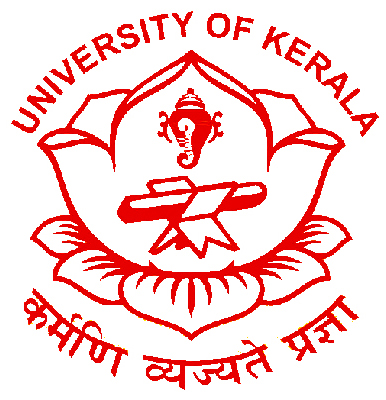
Department of Physics
University of Kerala
Established in 1970
Re acreditted by NAAC with A++ grade
Department of Physics
University of Kerala
Kariavattom Campus
Thiruvananthapuram
Researchers develop a prototype reactor for urine recycling
The costs of transporting water to the International Space Station and beyond are reported to be so cost-prohibitive that it seeks new inventions. Recycling of urine will be a key deterrent in cost escalation of space missions. Mature technologies for urine recycling will play a vital role in policy framing and planning for public utilities. Urine is also one of the largest sources of waste water on earth.
The developed prototype contains of in-house deposited Nano-structured In2S3 thin film photoanode grown by spray pyrolysis method. The prototype uses solar distillation and solar powered electrolysis processes in tandem for recycling urine. They have developed a laboratory scale proto-type for recycling human urine using direct sunlight which makes the technique a Carbon free mechanism. A random urine sample of 100 ml could be distilled in 6 hours' time using the solar still facility. Nutrients such as nitrogen, phosphorus and potassium could be recovered from the solar still. Analysis on the recycled water proves that it may be used for domestic purposes. The residual mass sediment obtained after solar distillation and electrolysis contain rich plant nutrients. Researchers claim that “The lowered COD and TOC in the recycled water warrant merit and scope for further improvement”. The process developed by the researchers conducts electrolysis without an electrolyte which opens up several opportunities in study of the efficacy of nutrient and water recovery using targeted electrolytes and chemicals using In2S3. The work was published in the journal Chinese Physics B published by Institute of Physics, London. Practically recycling of human urine has been explored using techniques such as alkaline urine dehydration, struvite precipitation, evaporation, reverse osmosis, nitrification, precipitation, ammonia stripping, electro-dialysis, nano-filtration and advanced oxidation. Distillation is the oldest method and least energy intensive technique for urine recycling. However, distillation cannot remove constituents with boiling points lower than 100 °C, which may become concentrated in the product water. Another disadvantage of distillation is cost. Distilled water can also be very acidic. It lacks oxygen and minerals and has a flat taste, which is why it is mostly used in industrial processes. An electrolysis process can be a viable technology for urine recycling as it involves two simultaneous processes: (1) the oxidation of water and urine, (2) the reduction of proton and water. Recent studies demonstrate that electrolysis can be used to treat water and waste water along with simultaneous generation of molecular hydrogen efficiently and cost effectively. The researchers hence merged the two techniques to come up with the proto-type.
